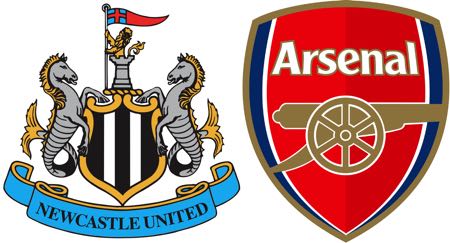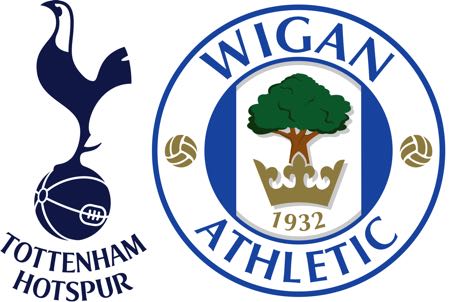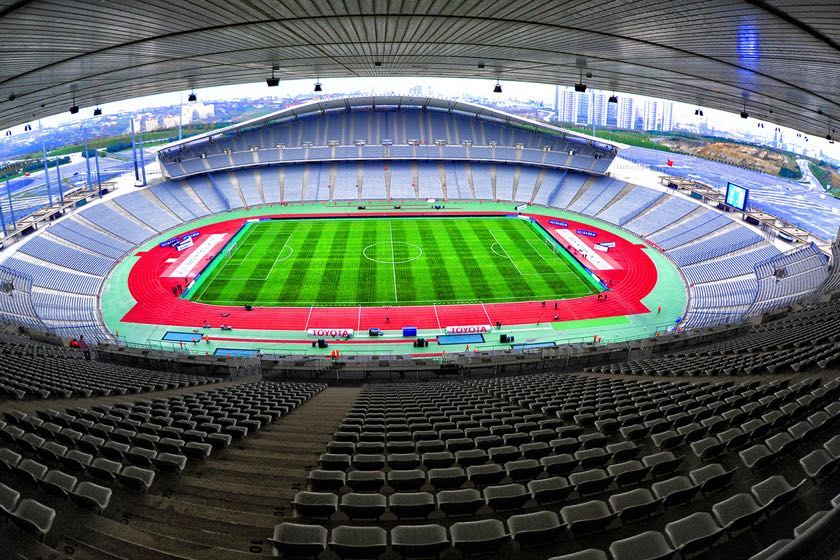It is cliché that most clichés are true, but then like most clichés, that cliché is untrue. If you think too hard about that quotation from Stephen Fry then your brain might implode, but it’s true that football is a sport bedevilled by cliché and lazy journalism.
Mind you, one of the sport’s cliches that has stuck is that of the fabled ‘game of two halves’, which – as we know – is both a descriptor and a truism given that football matches have, you guessed it, two halves. But there’s a deeper meaning to this particular cliché, which we explore in this article.
‘Game of Two Halves’ Meaning
A game of two halves is, essentially, a contest in which one team plays well in the first half, and then their opponents dominate in the second. So, imagine that Team A takes a 2-0 lead into the half-time break, before Team B roars out in the second half and either levels the match or even takes a 3-2 lead. This may be described by commentators and pundits as a game of two halves, because the nature of the second half is the complete opposite of the first.
There have been countless examples of the cliché come to life over the years – including some of the most famous comeback victories in football’s premier competitions. If you hear the phrase uttered, although you can write it off as a cliché, you will at least have a general idea of how a particular game has played out.
The Miracle of Istanbul
 One of the most memorable examples of a game of two halves – certainly for the respective fanbases of Liverpool and AC Milan – was the Champions League final of 2005; a match later dubbed the ‘Miracle of Istanbul’, given that the contest was hosted in the Turkish city.
One of the most memorable examples of a game of two halves – certainly for the respective fanbases of Liverpool and AC Milan – was the Champions League final of 2005; a match later dubbed the ‘Miracle of Istanbul’, given that the contest was hosted in the Turkish city.
Milan were rampant in the first half, with club legend Paolo Maldini scoring the opener as early as the first minute of the game. Hernan Crespo then weighed in with a double late in the half to give the Rossoneri a 3-0 lead at the break. The Liverpool players, unsurprisingly, were scrambled as they sat down in their dressing room. “We were in shock,” recalled goalkeeper Jerzy Dudek. “Some of the players were very angry, some of the players were very sad.”
They had just 15 minutes to regroup, which was achieved thanks to some stirring words from assistant coach, Alex Miller, and the team’s captain, Steven Gerrard. “Do you hear that?” Gerrard asked his teammates, referring to the chants of the Liverpool fans. “They still believe in us. We have to give them something back.”
That’s exactly what they did. Gerrard himself reduced the deficit in the 54th minute, before further goals from Vladimir Smicer and Xabi Alonso levelled the tie in extraordinary fashion. A game of two halves? Cliché or not, this was the perfect way to describe such a rollercoaster of a contest.
Famously, the game ended 3-3 after 90 minutes and the two teams could not be separated after extra time. Penalty kicks were needed – Milan missing three of theirs – thanks to the heroics of Dudek – and Liverpool scored three of theirs to confirm the most unlikely of victories. The Miracle of Istanbul indeed.
The Battle of St James’s Park
 If we judge a Game of Two Halves on how many goals the losing team has to overcome in the second half, the 2011 contest between Newcastle United and Arsenal in the Premier League takes some beating. The Gunners romped into a four-goal lead in the first half, with Theo Walcott and Johan Djourou on the mark within the opening three minutes. A brace from Robin van Persie doubled Arsenal’s lead to a surely unassailable 4-0 at the break.
If we judge a Game of Two Halves on how many goals the losing team has to overcome in the second half, the 2011 contest between Newcastle United and Arsenal in the Premier League takes some beating. The Gunners romped into a four-goal lead in the first half, with Theo Walcott and Johan Djourou on the mark within the opening three minutes. A brace from Robin van Persie doubled Arsenal’s lead to a surely unassailable 4-0 at the break.
You can probably guess what happened next. But Newcastle still hadn’t scored until well past the hour mark, before they exploded into life with an 18-minute barrage. Abou Diaby was sent off, before Joey Barton pulled one back from the penalty spot after Leon Best was brought down in the area.
After 75 minutes, Best himself got on the scoresheet before Barton again netted from the spot – again, Laurent Koscielny the offender for Arsenal. By this point the Newcastle fans were cheering on their team in a frenzy, and they were duly rewarded in the 87th minute when Cheick Tiote slammed home a long-range equaliser to cap a remarkable 4-4 draw. It is, at the time of writing, the only time a team has come back from four goals behind in a Premier League game.
The Massacre of White Hart Lane
 Of course, the Game of Two Halves moniker can be given to a contest in which one of the halves is simply more action packed than the other – it doesn’t have to be a stirring comeback from one of the sides. When Tottenham entertained Wigan Athletic in a Premier League game at White Hart Lane in 2009, the first-half of the contest played out just as most were expecting – Spurs taking a one-goal lead into the break courtesy of Peter Crouch.
Of course, the Game of Two Halves moniker can be given to a contest in which one of the halves is simply more action packed than the other – it doesn’t have to be a stirring comeback from one of the sides. When Tottenham entertained Wigan Athletic in a Premier League game at White Hart Lane in 2009, the first-half of the contest played out just as most were expecting – Spurs taking a one-goal lead into the break courtesy of Peter Crouch.
But then the second half, well, the second half was something extraordinary. A whopping nine goals were scored! But, look away now, Wigan fans – eight of them went to Tottenham! Jermain Defoe went on a rampage, scoring five goals himself – including four in an 18-minute burst. Aaron Lennon, Steed Malbranque and Dvid Bentley also found the net in what was, at half-time at least, the unlikeliest of ten-goal hammerings.
Wigan scored a consolation goal through Paul Scharner, although it’s hard to imagine that the Latics’ fans took much consolation from it on the long journey home. Ironically, that game took place almost two years to the day to another Game of Two Halves classic involving Tottenham.
In December 2007, they played Reading in a Premier League tie, with the game finely poised at 1-1 at half-time. And then, carnage ensued. Reading scored three in the second half, but Tottenham scored five – a 6-4 win for Spurs in one of the most extraordinary Game of Two Halves you’ll ever hear about.

